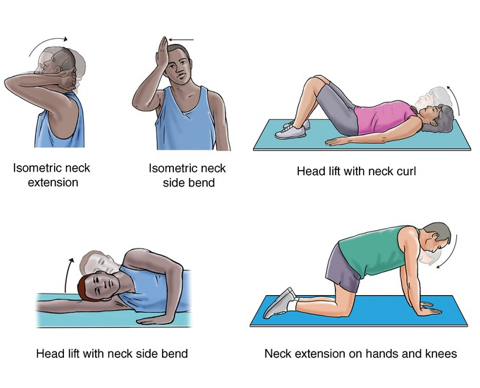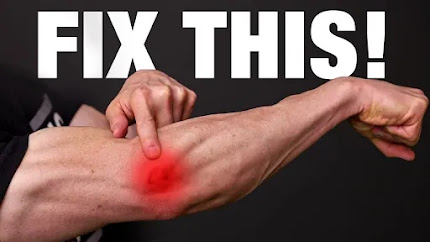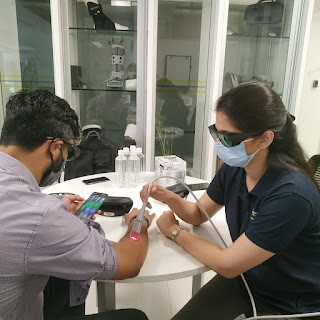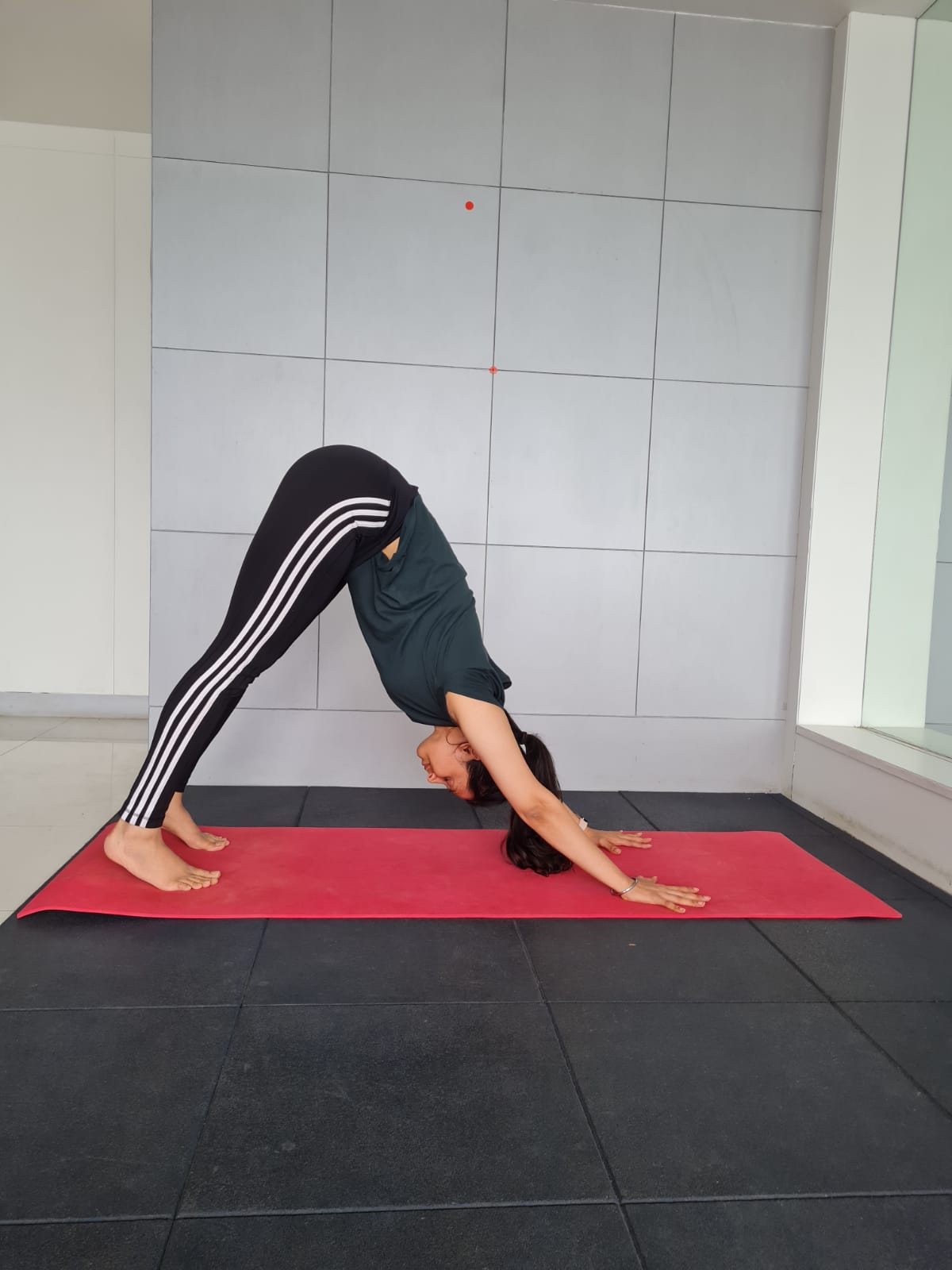The Shoulder Never Moves Alone!
Have you noticed that a painful shoulder also gives you neck pain? Or upper back pain?
Does a stiff neck after a day’s work lead to painful shoulder movements?
Have you
ever said, ‘I don’t know what hurts but my whole upper body feels painful’?
These are
all common scenarios, where many a times every medical practitioner comes up
with a different diagnosis- you may be diagnosed with frozen shoulder, cervical
spondylosis, rotator cuff tear, neck muscle spasm and so on…
So what is
the real diagnosis? What should be treated? And what is the solution?
The neck,
shoulders and upper back and all inter-related, interlinked and inseparable
joints. It doesn’t matter where the actual injury lies, all of these come into
picture every time you move your arms.
The shoulder joint itself is not a single joint. It is a complex of 4 joints which work together to produce arm movements
- The shoulder-Glenohumeral joint
- The shoulder blade
- Joint between collar bone and shoulder blade-Acromioclavicular joint
- Joint between collar bone and chest bone-Sternoclavicular joint
So, for proper shoulder movements; complete & painfree movement of the shoulder blade, the collar bone and the upper back is also absolutely essential.
Credits: Veritas Health
Apart from these connections, all these joints are connected via huge muscles which cover even the neck and upper back! These muscles form another layer of connection and are probably the most common reason why neck pain radiates till the shoulder or vice versa.
Isolated treatment
of only one area will definitely give temporary relief, but if other connected
areas are not targeted recurrences of pain are quite common.
If your
work requires sitting for long periods, repetitive movements with the hands or
if you simply want painfree shoulders, chalk up a program with your physiotherapist
which takes care of-
1. Shoulder mobility and flexibility
Credits: Shutterstock
2. Neck mobility
3.Thoracic/upper back mobility
Cr Credits: Dreamstime
4. Shoulder blade strength
5. Upper back and neck strength
Generally, your physiotherapy program first focusses on the most painful/injured joint. Simultaneously, it is better to start working on the interlinked joints as well.
Pain relief of the hurting area is not a signal to stop your rehab, it is instead a good starting point to build up the strength & flexibility of the entire upper quadrant-the neck, upper back & shoulders!
Think holistic and work on durable solutions rather than a few quick fixes!!
-Dr. Shriya Joshi (PT)
Senior Musculoskeletal Physiotherapist
Team Rehab Station, Pune


















